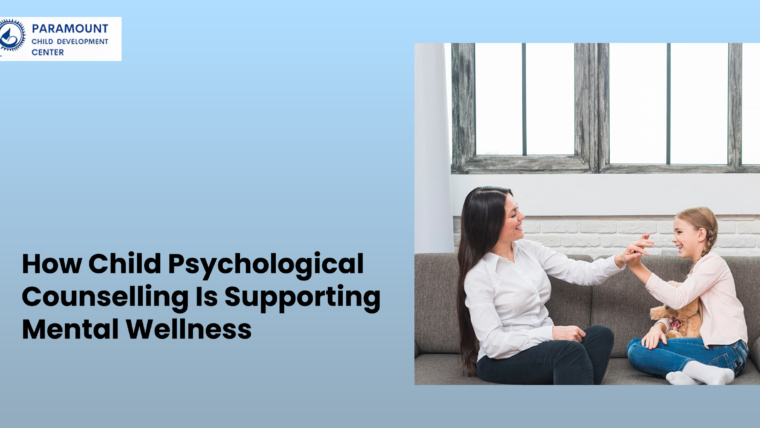It was first used by Joseph Pratt (an internist) in 1905.
Group –
A group is defined as three or more people who come together for an extended period of time to achieve a common goal or serve a common purpose.
Group therapy –
Group therapy offers patients and their relatives an opportunity to realise that many others have and share problems that are very similar to their own problems and that they are not alone in what they are suffering from.

-
It is a planned process for creating changes in individuals by bringing them together for this purpose.
-
In group therapy, several individuals can receive treatment simultaneously.
-
It is less expensive and cost-effective.
-
It provides good opportunities for learning.
-
It provides the possibilities of different kinds of interactions.
-
It also provides greater potential for problem-solving and creativity.
-
It provides more opportunities for reality testing.
Goals of group members –
-
It establishes support for achieving self-care management, for example – learning about money, management and daily living skills.
-
It forms a good reason for being together.
Roles of group members –
-
Coordinator
-
Oriented
-
Information giver
-
Information contributor
-
Information seeker
-
Recorder
Role of aids leader in activity group –
-
The leader must assume only the roles that members are not able to assume because of insufficient group interaction skills.
-
Leaders must recognise and delegate the role’s functions to the next level.
-
The leader is also responsible for making sure that the group members feel safe during their group activities.
Development of group skills –
The Mouse identified five levels of group interaction skills –
-
Parallel level
-
Project level
-
Egocentric – cooperative level
-
Cooperative level
-
Mature level
1. Parallel level –
-
The ability to work and play comfortably and with awareness in the presence of others is required at the parallel level.
-
This skill is developed at the age of 18 months to 2 years.
2. Project level –
-
The skill at the project level is the ability to share a short-term task with one or two other people.
-
This skill develops between the ages of 2 to 4 years.
3. Egocentric – cooperative level –
-
The skill at this level is awareness of group goals and norms and willingness to abide by them.
-
The skill is developed between the age of 5 to 7 years.
4. Cooperative level –
-
The skill at this level is the ability to express feelings within a group and to respond to the feelings of others. – The skills are developed between the age of 9 to 12 years.
5. Mature level –
-
The skill at the mature level is the ability to take on a variety of group roles as per the needs of the group.
-
Age – 15 to 18 years.
Techniques to promote interaction in a group –
-
Environmental
-
Leader behaviours
-
Specific questions or comments
1. Environmental –
-
Arrange the group in a circle so that all the participants, including the leader, are at the same level and can see each other.
-
The position of talkative members is said to be that they are less verbal.
-
Leaders may sit next to members who can explain the activities of the group.
2. Leader behaviour –
-
Accept silence
-
Avoid responding to the questions or comments of the members.
-
When a member is talking for a while, the leader should always maintain eye contact, not only with the speaker but also with the other members.
3. Specific questions or comments –
-
Specific questions or comments used by the leader for that type of question.
Preparation of the group –
The success of any group depends on four areas –
1. Knowledge of the leader.
-
It refers to how well the leader understands and can analyse various factors in the group.
2. Space.
-
It refers to the preparation of the area in which the group is made.
3. Materials.
-
Any tools, supplies, handouts, etc.
4. Paperwork.
-
Attendance sheets, group protocol, and session plans, as well as any other type of document
Beginning and ending a group session –
-
Remind members of the purpose of group therapy.
-
Set the stage for a discussion.
-
Assist members with their discussions.
-
Summarise what was explained and accomplished by the group.
Planning an activity group –
-
Identify patients who need group or group therapy.
-
Assess their specific needs and general level of group skills.
-
Identify rules and resources in our settings.
-
Narrow the focus and outline the main goals.
-
Write a group protocol.



